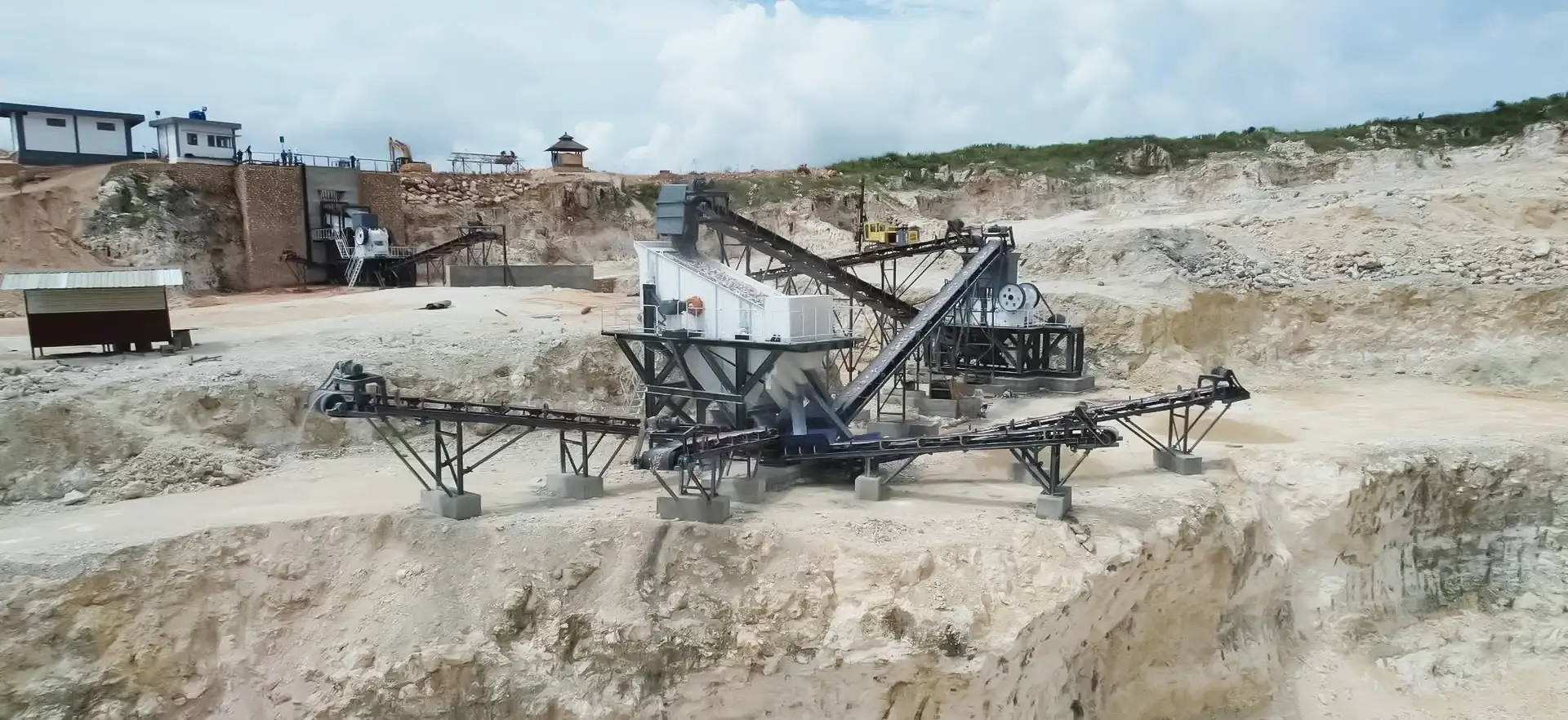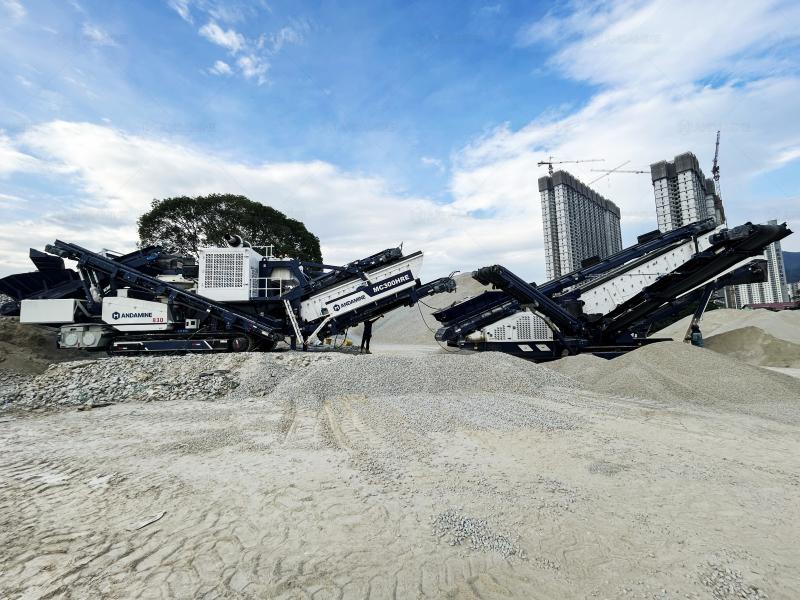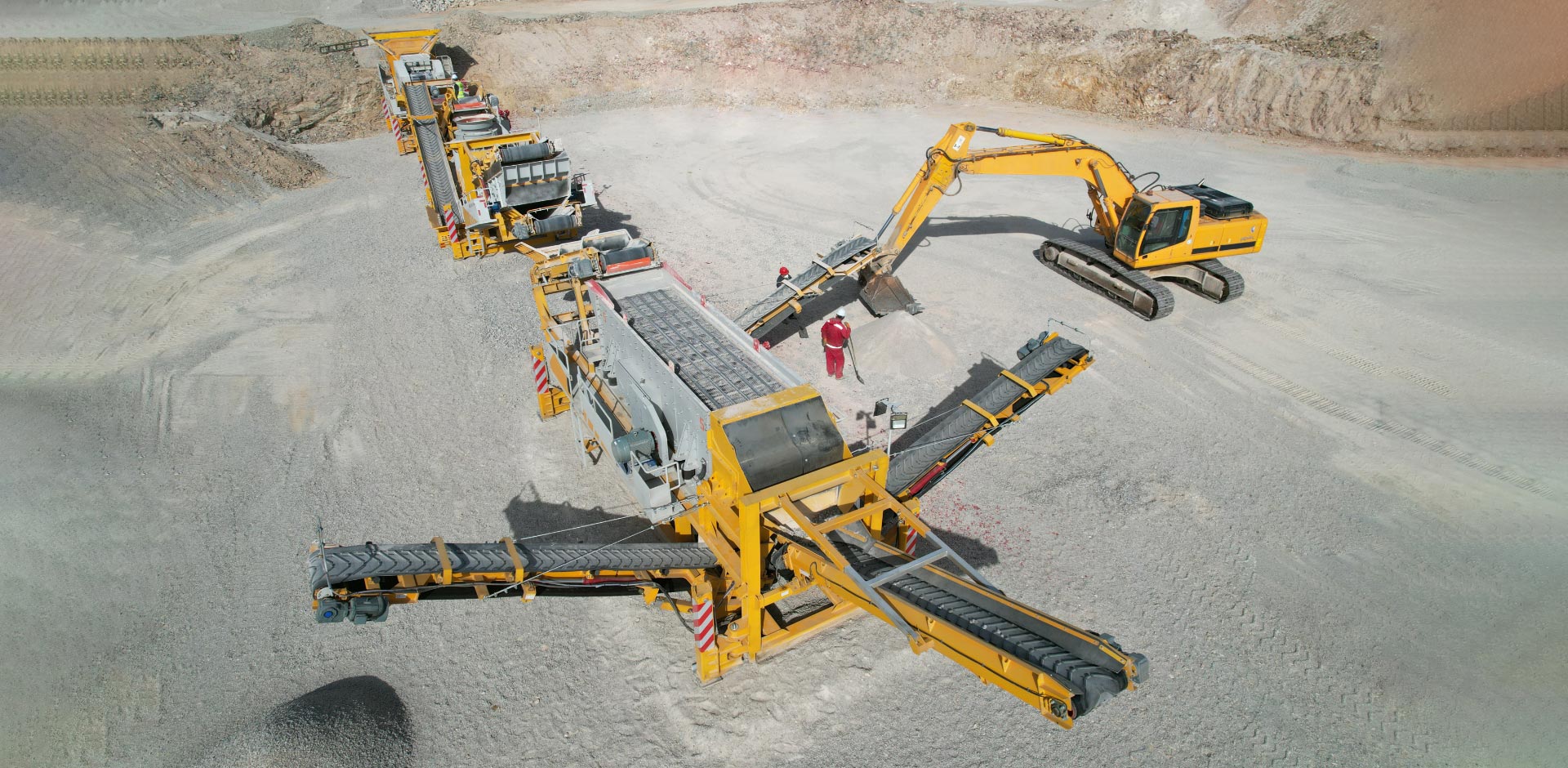Limestone crushers are vital machines in the mining, quarrying, and construction industries. They are specifically designed to crush limestone rocks into smaller sizes for various applications such as road construction, cement manufacturing, and landscaping. Proper maintenance is essential to keep these machines running efficiently, reduce downtime, and extend their operational life. In this article, we will explore the best maintenance practices for limestone crusher and discuss how they ensure consistent output and operational safety. We’ll also touch on what is crushed limestone and why it’s so widely used.

Understanding the Value of Crushed Limestone
Before diving into maintenance strategies, it’s essential to answer a common question: What is crushed limestone?
Crushed limestone is a processed form of natural limestone rock. It’s created by feeding large pieces of limestone into a crusher, which breaks it down into specified sizes, depending on the application. This material is popular due to its versatility, cost-effectiveness, and natural strength. Applications include:
-
Road base and sub-base layers
-
Aggregate in concrete and asphalt
-
Soil stabilization in agriculture
-
Driveways, paths, and drainage systems
Given the essential role of limestone in various sectors, maintaining the equipment that processes it is crucial for operational efficiency and product quality.
Regular Inspection Schedule
Routine inspections form the backbone of crusher maintenance. Operators should establish a strict inspection timetable, ideally daily or weekly depending on usage levels. Key components to check include:
-
Jaw plates or impact hammers: Look for wear and tear that can affect crushing efficiency.
-
Bearings and shafts: These should be free from unusual noise, heat, or vibration.
-
Belts and pulleys: Check for alignment, cracks, or looseness.
-
Hydraulic systems (if applicable): Monitor fluid levels and pressure consistency.
Early detection of issues minimizes downtime and repair costs while preventing costly breakdowns.
Lubrication Management
Limestone crushers involve continuous movement and high-pressure crushing forces, making proper lubrication essential for longevity. Bearings, shafts, and joints require regular greasing to reduce friction and wear. Best practices include:
-
Use manufacturer-recommended lubricants.
-
Follow precise lubrication intervals based on operational hours.
-
Install automatic lubrication systems for consistent delivery.
Neglecting lubrication can lead to overheating, increased wear, and mechanical failure.
Dust Control Measures
Crushing limestone generates significant dust, which, if unmanaged, can clog filters, reduce visibility, and damage machine components. Proper dust suppression is both a maintenance and health priority. Consider the following strategies:
-
Install dust extraction systems around the crushing site.
-
Use water sprays or misting systems to control airborne particles.
-
Seal all belts and conveyors to reduce dust leakage.
Managing dust not only extends machine life but also ensures compliance with environmental regulations.

Component Replacement Strategy
Every crusher component has a service life. Creating a preventive replacement schedule helps avoid unplanned downtime. Critical wear parts include:
-
Jaw or cone liners
-
Blow bars in impact crusher machine
-
Grizzly feeders and screen plates
Operators should keep spare parts on hand and train staff to replace them quickly when necessary. Avoid using overly worn components, as they can damage other parts and reduce crushing efficiency.
Monitor Output Quality and Throughput
Changes in the size or consistency of crushed limestone can indicate internal wear or component failure. It’s important to:
-
Compare product size with expected specifications regularly.
-
Track throughput rates to identify a sudden drop in efficiency.
-
Use sensor systems or software monitoring tools for real-time performance feedback.
Keeping output quality consistent ensures that the crusher machine is operating at peak performance.
Operator Training and Safety Protocols
A well-maintained machine can still fail if not operated properly. Proper training is essential for ensuring:
-
Correct startup and shutdown sequences
-
Safe material feeding procedures
-
Knowledge of emergency stop and lockout-tagout procedures
Training also empowers operators to detect abnormal behavior early and take preventive action.
Seasonal and Long-Term Storage Maintenance
If a crusher is used seasonally or sits idle between projects, it must be properly prepared for storage:
-
Drain fluids to prevent corrosion or contamination
-
Cover exposed parts to prevent rust
-
Run periodic checks during the off-season
When restarting, perform a full inspection and lubrication routine before use.
Documentation and Maintenance Logs
Documenting each maintenance task helps track machine performance over time. Use logs to record:
-
Inspection results
-
Lubrication history
-
Component replacements
-
Any operational issues
This data can be valuable for warranty claims, predictive maintenance, and resale value.
Why Maintenance Matters for ROI
Investing in a limestone crusher is a significant expense. However, improper or inconsistent maintenance can double operating costs through frequent repairs, replacements, and lost productivity. By adhering to these best practices, operators can:
-
Maximize return on investment
-
Extend machine life by years
-
Reduce overall cost per ton of crushed limestone
-
Improve safety for onsite workers

Final Thoughts
Limestone crushers are the workhorses behind many construction and industrial processes. As demand for crushed limestone grows across infrastructure, agriculture, and environmental applications, ensuring your crushing equipment is well-maintained becomes more critical than ever.
From routine inspections and lubrication to dust control and output monitoring, every small step in crusher maintenance contributes to better performance, greater efficiency, and longer equipment life.
For companies considering what is crushed limestone and how it supports their operations, it’s just as important to prioritize the tools that produce it. A smart maintenance strategy isn’t just about upkeep—it’s about business growth.
